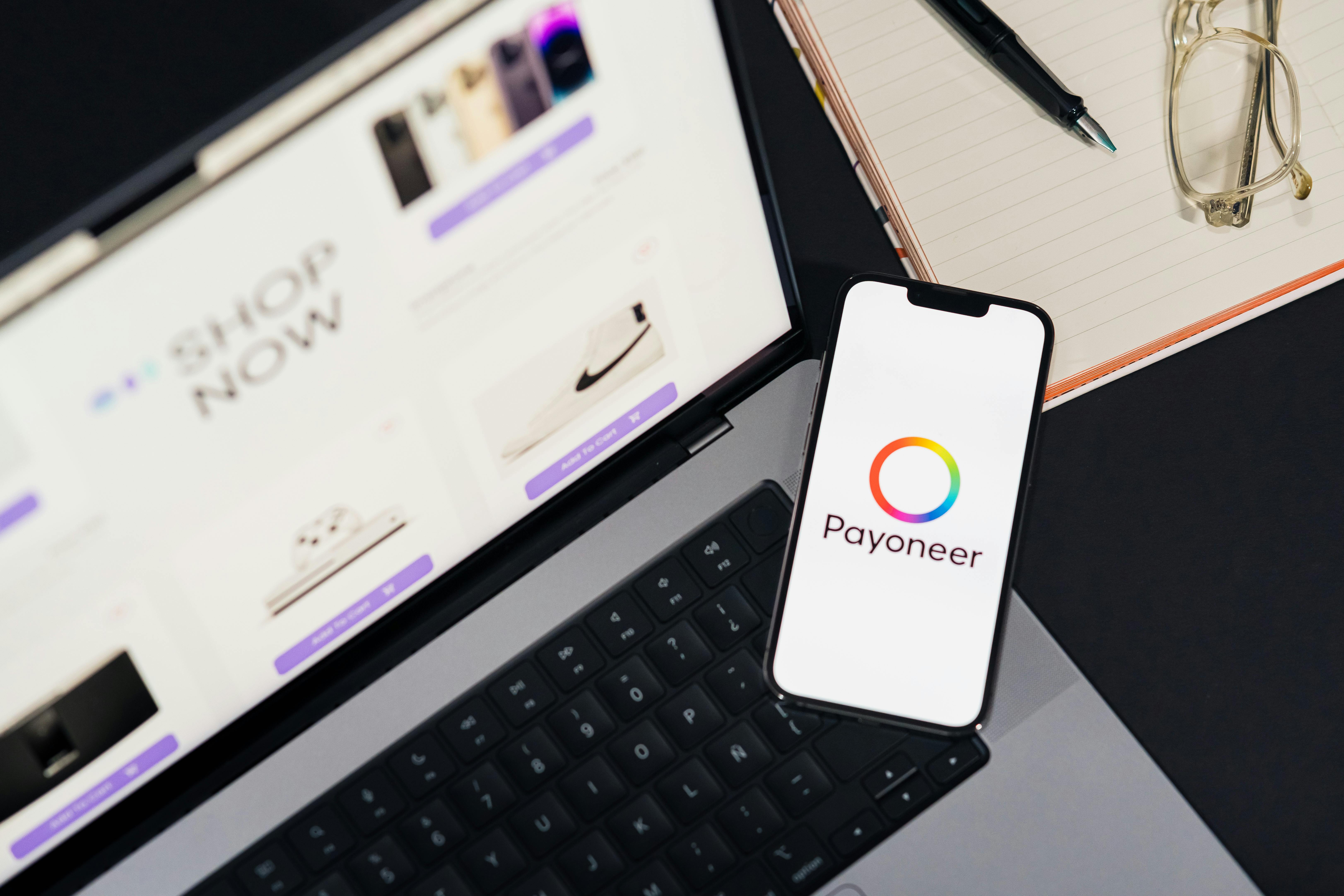2024-07-26 14:41:44
What Is Margin Trading

If you don’t have enough money to open a large position, you can borrow it from a broker or exchange against a certain deposit — margin. You will have more money at your disposal, so the potential profit will also increase.
Let’s find out what margin trading is, who can benefit from it, and what strategies should be used to reduce risks.
Content
How Is Margin Trading Organized?
Let’s explain the process in simple words:
- The user registers on a crypto exchange that supports margin trading and makes a deposit (margin) to the account.
- The platform offers to choose the size of leverage, which can be 2x, 5x, 10x, etc.
- The trader borrows funds from the exchange and opens positions. The amount of the loan depends on the size of the collateral and the leverage.
- The trader monitors the changes in the asset price and the state of their margin position. If they want to record a profit or loss, they close it manually. It happens that the exchange liquidates the position on its own if the asset price reaches a critical point. This prevents losses from exceeding the margin.
For example, to open a $200,000 trade with leverage of 5x, you need to invest $40,000 of your personal capital, after which the exchange can loan you another $160,000.
How did we calculate this?
- Leverage 5x means that the stock exchange lends the trader an amount 5 times higher than their capital.
- We calculate the margin: $200,000 (total trade value) / 5 (leverage) = $40,000.
- We determine the size of the loan: $200,000 – $40,000 = $160,000.
Advantages and Disadvantages of Margin Trading
Trading using third-party capital has positive and negative aspects. An investor can increase the potential profit or lose their capital, and even end up indebted if their forecast on the rate of the selected asset does not come true.
Let’s consider the advantages of margin trading in more detail.
Profit increase
You can react quickly to market opportunities and make deals without having to accumulate a significant amount of money. The higher the amount borrowed and leverage, the more you can earn.
Diversification
Margin trading allows you to spread your funds across different assets and markets.
Flexibility
The trader gets more options to implement trading strategies, including arbitrage and hedging.
Why can trading with borrowed funds be risky? Let’s consider the downsides.
Market volatility
Leverage increases possible earnings as well as losses. A small fluctuation in the asset rate can provoke significant losses.
Margin call
If the price of an asset falls, the broker may demand to deposit additional collateral. Failure to fulfill this requirement leads to forced liquidation of the position.
Interest and commissions
When borrowing money, traders pay interest, as well as commissions on trades and account maintenance. These costs reduce the overall profit
Psychological pressure
Traders often experience stress due to high risks and the need to monitor positions regularly.
Introduction to Margin Trading in Cryptocurrency Markets
Crypto is characterized by high volatility, which increases the risk of loss. Margin trading is not an activity for beginners. Before stepping on this path, experts advise studying the principles of technical analysis, learning to read charts, analyzing market trends, and finding winning entry and exit points. To gain experience, you can start from spot trading.
Margin Financing Mechanisms
An investor who does not want to take risks can sponsor a trading platform and fund the trades of other traders. The interest that will be paid by the borrower will serve as earnings. The probability of staying in a loss in this case is very low, as positions with leverage are forcibly liquidated, which saves the sponsor’s money.
Trading Strategies
In margin trading, it is possible to benefit from both the rise and fall of the asset price. Special strategies are used for this purpose.
Long trading
Using borrowed funds, the trader buys cryptocurrency, expecting its price to rise, and then sells, locking in a profit.
Short trading
A trader borrows crypto coins and then sells them, expecting the price to fall. When the quotes fall, they buy them back cheaper. After that, the loan is returned to the broker, and the difference between the selling rate and the lower buying rate becomes profit.
FAQ
It is a type of trading that allows you to use borrowed capital from a third party.
You can trade stocks, crypto, fiat (Forex), commodities, and futures. Let’s consider an example of a short trade with the purchase and sale of Ethereum:
- A trader borrows 5 ETH and sells them for $2,000 each, receiving $10,000.
- Over time, the price of ETH drops to $1,500.
- The trader buys 5 ETH at $7,500 and repays the broker.
- The profit is fixed: $10,000 (sale) – $7,500 (purchase) = $2,500.
Yes, because you can use more money to trade than you actually have, potentially increasing your earnings.
It is a request by the broker to the trader to deposit additional funds into the account. This happens when the value of the assets in the account falls below the agreed-upon margin.
It is a request by the broker to the trader to deposit additional funds into the account. This happens when the value of the assets in the account falls below the agreed-upon margin.
Margin trading can be profitable with proper risk management and market knowledge, but it also greatly increases the risk of loss and requires a careful approach.
Want to exchange cryptocurrency to cash?
ObmenAT24 allows you to make an offline transaction quickly and at a favorable exchange rate. The exchange is carried out through the offices of our partners in major cities of Ukraine and abroad.



